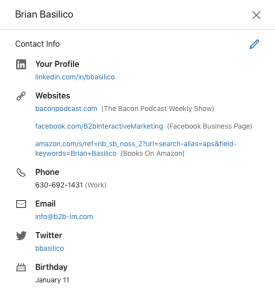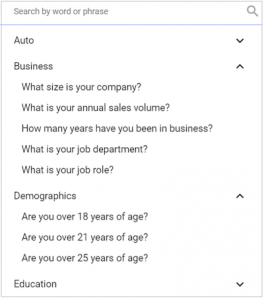— July 9, 2019
Leaders who possess good strategic thinking skills are an asset to any organization. They are able to accurately assess existing circumstances, factor in potential variables that could change those circumstances, and then determine the best course of action to take. There are many advantages of scenario analysis for leaders, providing them with an effective tool for making more strategic-oriented decisions. These scenarios provide detailed narratives about what could happen in the future based on choices made in the present—and events that could occur along the way.
The scope of a scenario analysis could be narrow, examining how a seemingly minor operational change could have ripple effects throughout an organization, or exceedingly broad, looking at how global economic forces could impact investments many years in the future. For transformational leaders guiding their companies through an era of disruptive change, scenario analysis offers a number of compelling advantages that can enhance the quality of their decision-making.
Advantages of Scenario Analysis
Vision
A comprehensive scenario analysis provides far more than just a sketch of an idea. It maps out a constellation of possibilities and explores them to their logical conclusions based on the very best information available. This analysis can help leaders build a vision of what might be possible in the future, allowing them to identify opportunities their organization could start working toward today. In highly competitive industries beset by disruptive innovation (for example, the aviation industry), the ability to anticipate where the market might shift in the future could translate into a massive advantage. It can be incredibly difficult to implement a plan for change when it’s not accompanied by a vision that provides a sound argument for why that change needs to happen.
Strategy Stress-Test
Developing an innovative plan for action is one thing; assessing whether or not it will actually work is quite another. Unfortunately, it can sometimes be difficult to evaluate all the possible impacts of a strategy simply by looking at the plan on paper. A thorough analysis provides a stress-test of sorts, showing what aspects of the plan need further refinement and which parts could create unintended consequences. It can run the plan through a variety of scenarios, changing variables and introducing random elements that could have an impact on how a strategy is executed over time. The analysis can also give long-term projections, pushing the idea beyond the circumstances of the present to give any potential unintended consequences an opportunity to develop.
Stakeholder Buy-in
Bold new strategic initiatives are often met with skepticism and concern, especially if they are a significant break from long-established habits or practices or may not deliver an immediate pay-off. When leaders present a new idea to stakeholders or team members, they’re more likely to secure buy-in when they have some kind of data to support their argument. One of the best benefits of scenario analysis is that it allows leaders to present a number of potential outcomes related to their strategy and reinforce why it would be in the best interests of the organization to implement it. With the results of this analysis in hand, leaders can address concerns and questions much more effectively, pointing to specific data points rather than offering vague predictions with no supporting evidence.
Risk Management
Effective leaders excel at identifying risks that could create obstacles or other challenges for their business. Even when everything seems to be going well, there is always a chance that some unexpected situation could develop and disrupt an organization’s strategy execution. Scenario analysis in risk management can help forward-thinking leaders to evaluate the extent to which known risks could develop into larger problems in the future. It can also give them an idea of how an unexpected event might disrupt operations and strategy. Understanding what could go wrong and having plans in place to manage risk can help leaders identify priorities and respond quickly in the event that disaster strikes.
The advantages of scenario planning are significant for leaders, providing them with a variety of helpful data points and allowing them to evaluate the viability of new ideas without disrupting existing operations. With better, more comprehensive information at their disposal, they can make less biased decisions and think critically about important challenges facing their organizations. While not every situation may have the luxury of waiting for a comprehensive scenario analysis to be completed, leaders who like having access to a broad range of data should use them whenever possible to make more informed decisions.
Business & Finance Articles on Business 2 Community
(48)






